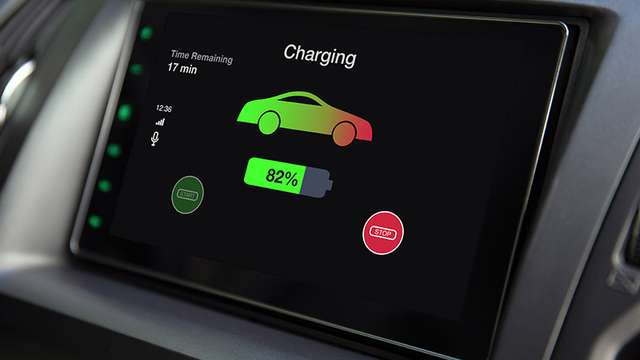- battery
What is a battery monitoring system?

Updated 6 Sep 2021
Lindsay Saunders

You would have to have been living under a rock not to have noticed the sure but steady rise in the past few years of non-traditionally powered vehicles – most noticeably hybrids and electric cars.
While these systems vary from make to make and application to application, there is one bit of kit no vehicle that relies on electric power for its propulsion can do without, and that’s a battery monitoring system (BMS).
So, what’s that all about then?
Unsurprisingly, the clue is in the name.
A BMS is an electronic system that manages a rechargeable battery (cell or battery pack), and can cover a range of function monitoring.
These can include voltage, temperature, the state of depth of charge (indicating the battery’s charge level), state of health (remaining capacity of the battery as a percentage of its original capacity), state of power (the amount of power available) and the current flow in and out of the battery.
Where a vehicle has it, the BMS also controls the recharging of the battery by redirecting recovered energy (in many vehicles that is sourced from regenerative braking) back into the battery.
A BMS may also protect batteries from damage by ensuring it operates within its specifications, such as preventing over-voltage during charging or its temperature being too high or too low.
It will also keep an eye out for grounding issues or leakage.
A BMS is necessary to ensure a balance is maintained between best performance from the batteries and delivering the longest life possible, as well as safety issues, such as overheating, which can lead to a fire.
The information garnered from the monitoring is processed by a central computer, like so much in your car today, with inbuilt limits to various levels that, if exceeded, will trigger a reaction.
That can include, in the case of over-charging, simply shutting down the charge coming into the batteries, to more extreme action, such as a warning alarm and light or shutting down the battery system.
Think of it as a lifeguard in a tower, scanning the beach and surf continuously and wading in if there’s an issue.
What you see on your vehicle’s display for the BMS varies from vehicle to vehicle too.
So, while it can be pretty nifty to see what’s happening with your voltage, it’s more important for your car’s efficiency and longevity that the BMS is doing what it does in the background.
As with so much in your vehicle, the BMS is part of the behind-the-scenes team that, usually without you being aware, keep you on the road.
But like every part of your car, problems can happen with the BMS and checking the system’s efficiency should be part of any electric vehicle’s maintenance program.
AutoGuru can help you find the right expert to keep your car in top shape.

Written By
Lindsay Saunders
Lindsay Saunders has been writing, editing and producing words and photos for more than three decades, starting back when he drove a 1971 VW Type 3 fastback.
Now he’s got a Hyundai I30 diesel, a 1999 LWB Hi-Ace (camper project) and wishes his wife’s EJ Holden station wagon was actually his.